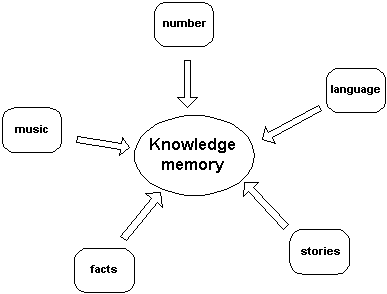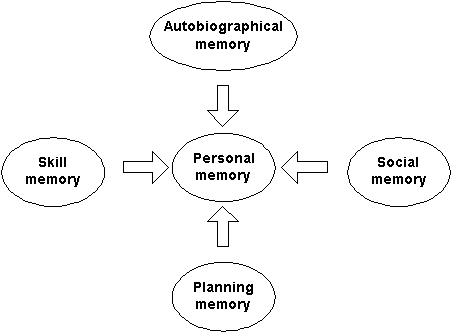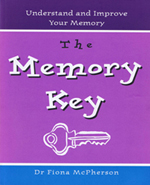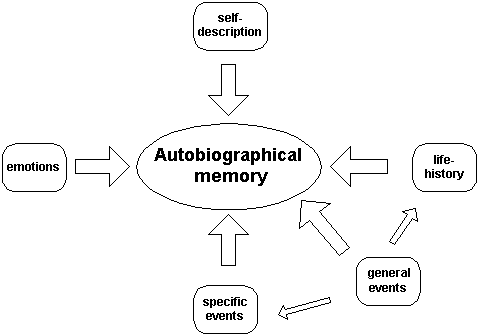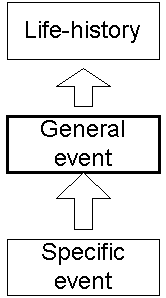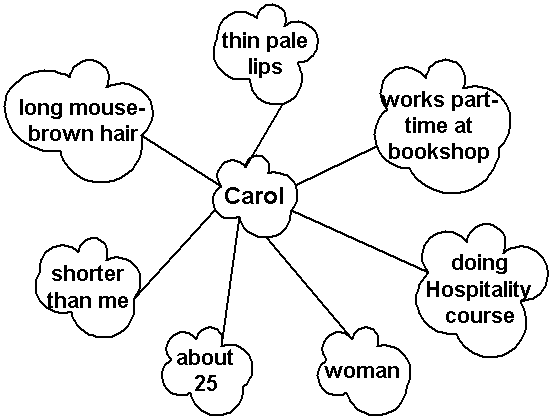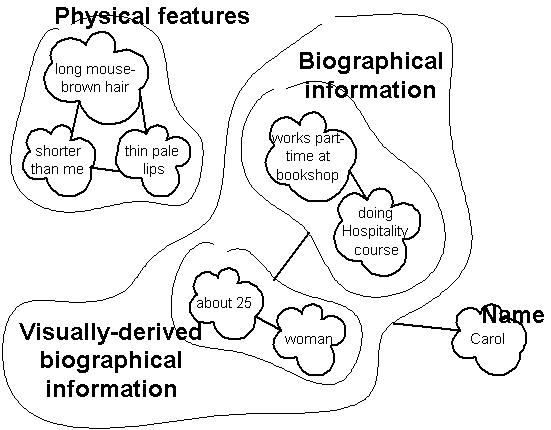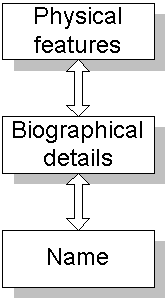Remembering to do things
- Remembering intentions is more difficult than remembering past events
- It's the lack of cues to remembering that make remembering intentions so difficult
- That's why using physical objects to cue our remembering is so common
- To remember intentions without relying on physical reminders, it's best to concentrate on working out an event or time that will trigger your remembering. Set your mind to remember the link between the trigger and the intention, not the intention on its own.
Planning memory contains your plans and goals (such as, “I must pick up the dry-cleaning today”; “I intend to finish this project within three months”). Forgetting an appointment or a promise is one of the memory problems people get most upset about.
Why remembering to do things is so difficult
Remembering intentions is in fact much more difficult than remembering events that have happened, and the primary reason is the lack of retrieval cues. This is why, of all memory tasks, remembering to do things relies most heavily on external memory aids. Reminder notes, calendars, diaries, watch-alarms, oven-timers, leaving objects in conspicuous places — all these external aids are acting as cues to memory.
In partial compensation for the paucity of effective retrieval cues , planning memories are more easily triggered by quite marginal cues. Thus a friend of mine was reminded that her son’s friend would be spending Saturday night with them when she saw an advertisement for a movie about John F. Kennedy (the child’s father had the same initials: JFK).
Setting up effective cues
When we form an intention, we usually link it either to an event (“after we go to the swimming-pool, we’ll go to the supermarket”) or a time (“at 2pm I must ring Fred”). But these trigger events or times frequently fail to remind us of our intention.
This is often because the trigger is not in itself particularly distinctive. Your failure to remember to ring Fred at 2pm, for example, may be because you paid little attention to the clock reaching that time, or because there were other competing activities triggered by that same time signal.
Moreover, not all planning is linked to a trigger event or time. Quite a lot of planning simply waits upon an appropriate opportunity (“must buy some stamps sometime”). Such intentions usually need quite explicit cues. Thus, if I happened to see stamps on sale, I would probably remember my intention, but walking past, or even into, a shop that happens to sell stamps, may not be enough to trigger my memory.
On the other hand, I might keep being reminded of my intention when I am in the same context as when I originally formed the intention (when I am not in a position to carry it out!) — hence your increasing exasperation that you can never remember a particular intention when you can do anything about it.
Link the trigger and the intention
To deal with opportunistic planning, you should try to specify features of an appropriate opportunity. Thus, to remember to buy bread on the way home, you should think about what actions you need to take to buy the bread (for example, going a different route) and try to form a strong link between the trigger event and your action (“today when I get to the traffic lights I’ll turn left”).
A reminder of your intention is much less effective than being reminded of both the trigger event and the intended activity. Even being reminded of the trigger event is better than being reminded of the intention on its own.
To remind yourself to do something, focus on the trigger not the intent itself.
Don’t assume that because something is important to you, you will automatically remember it — somewhat to their surprise, researchers have found no evidence that personal importance has any effect on the likelihood of remembering to do something.
You can read more about planning memory strategies in my book on planning memory.
- Guynn, M.J., McDaniel, M.A. & Einstein, G.O. 1998. Prospective memory: When reminders fail. Memory & Cognition, 26, 287-298.
- Morris, P.E. 1992. Prospective memory: remembering to do things. In M.M. Gruneberg, & P. Morris (eds.) Aspects of memory. Vol.1: The practical aspects. 2nd ed. London: Routledge.

